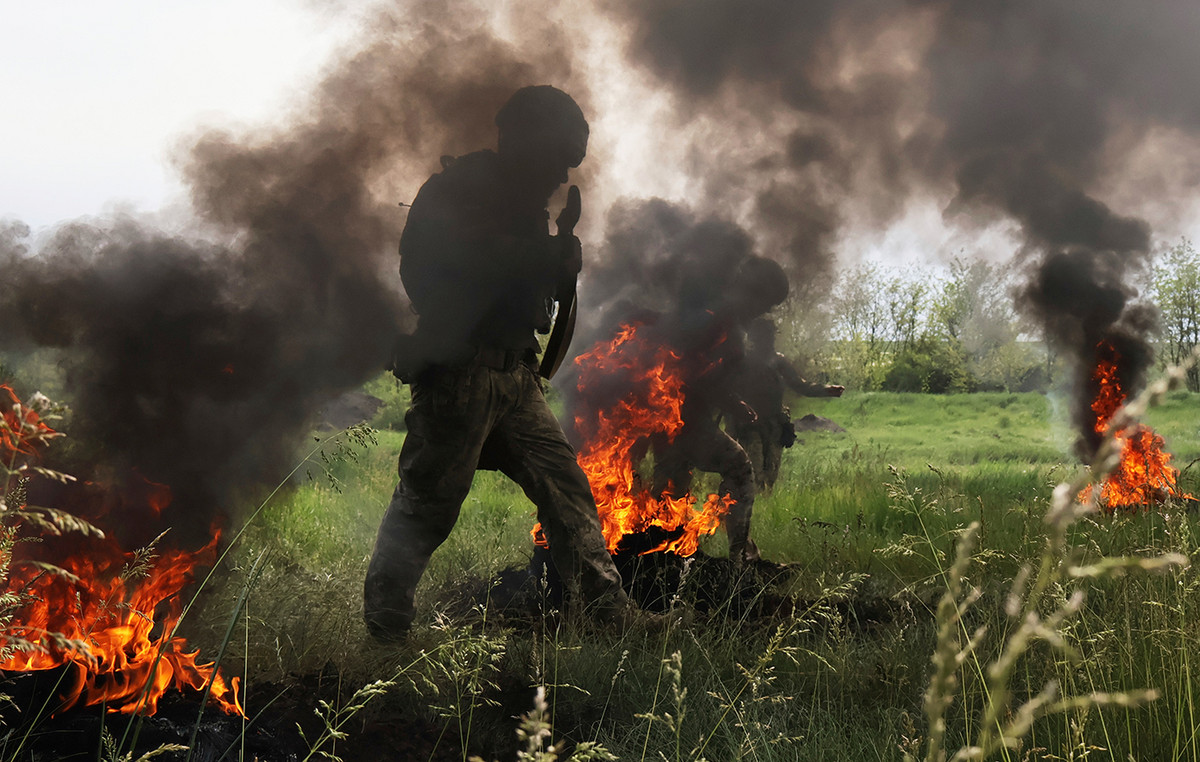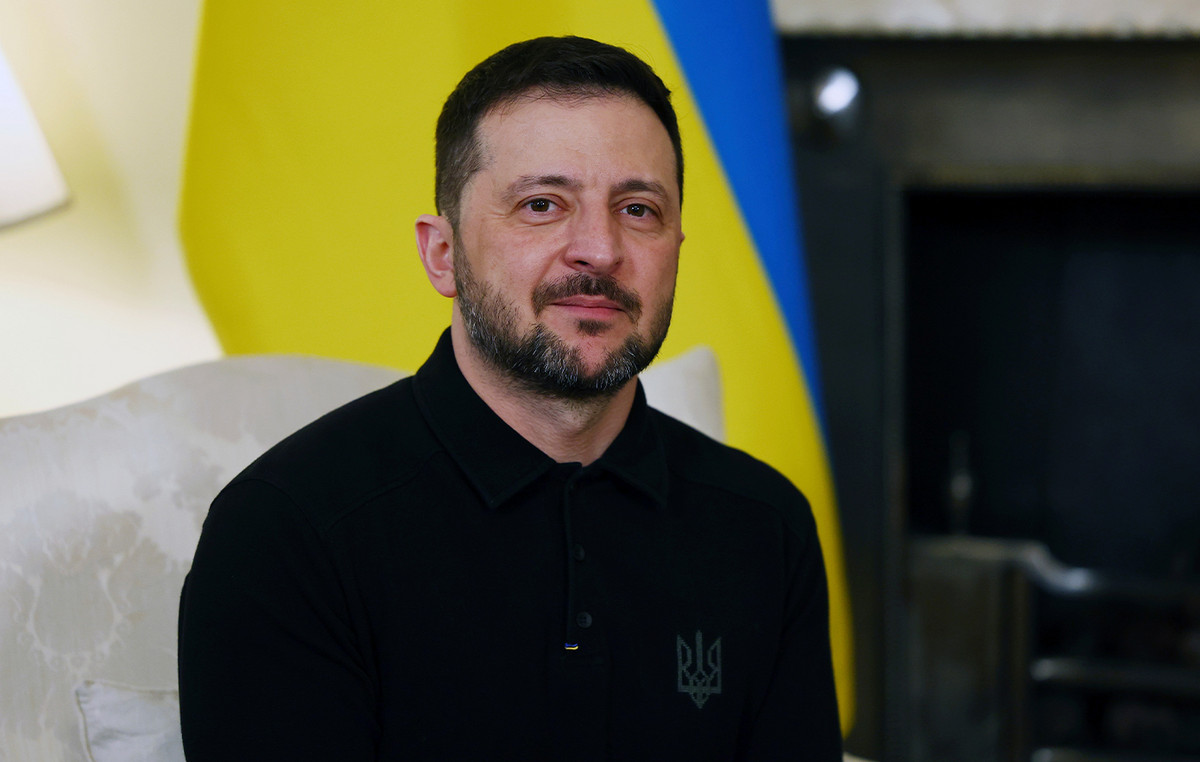Lesions which “continue to progress”, “very deep” at the level of the craters, “hypocalcemia” (an abnormal drop in the level of calcium in the blood), “burned” patients… This is what Patrick Knipper, orthopedic surgeon describes. of the Assistance publique-Hôpitaux de Paris (APHP) and specialist in major burns, in an exclusive video published by Point. While Armenia and Azerbaijan have been clashing in Nagorno-Karabakh since the end of September, Patrick Knipper is currently on a French assistance mission to help doctors at the Austrian Armenian Rehabilitation Center in Yerevan, the Armenian capital. All the symptoms he cites are according to him “strongly suggestive of a phosphorus burn”. If the use of this incendiary weapon is not prohibited by international law in military arsenals, it remains controversial as it wreaks havoc on the wounded.
In a well-documented article on the issue entitled “White phosphorus: an“ authorized ”chemical weapon? “, Four scientists returned in 2011 to the symptoms of white phosphorus poisoning. They write: “Exposure to compounds containing phosphorus can cause severe burns. Its systemic effects can be fatal for the injured person even if the affected area is small. “Dr Knipper also insists on” these fairly deep burns, third degree, with metabolic disorders “, which can cause sudden deaths. Franck Ceppa, at the time chief pharmacist and associate professor of Val-de-Grâce, Hervé Delacour, principal pharmacist, Patrick Burnat, who was head pharmacist and associate professor of Val-de-Grâce, and Aurélie Gollion, now head of laboratory of the French Navy, speak like Patrick Knipper of “hypocalcemia”, this famous calcium deficit which can lead to death, as being linked to phosphorus.
“Sudden death can be observed”
Exposure to phosphorus can also cause hyperphosphatemia (an excessive level of phosphates in the blood), which is life-threatening. Hypocalcemia and hyperphosphatemia can occur very early in some individuals, sometimes an hour after the burn. “Sudden death can be observed from a corresponding burn extent of 10 to 15% of the total body surface”, specify the scientists in their article published by the department of clinical biochemistry, toxicology and pharmacology of the hospital of instruction of the armies of Bégin (Saint-Mandé). While there is no “established” predictive value for “determining electrolyte disturbances” linked to exposure, the authors of the article indicate that patients with white phosphorus injuries should therefore be monitored. electrocardiographic, “as long as these disturbances are observed”. “Calcemia and phosphoremia should be monitored for 24 to 72 hours,” the scientists warn, adding that “tissue damage is represented by both thermal and chemical burn. ”
Regarding the management of attacks by white phosphorus, they write: “In wounds, the phosphorus particles continue to oxidize as long as there is no debridement, neutralization or ‘they were not consumed. On exposure to air, its ignition is spontaneous and it burns at a temperature of up to 1300 ° C. The particles then produce a yellow flame accompanied by white smoke. “The burnt skin must therefore be placed in contact with towels soaked in cold water, before transport to an emergency service whose role will be” to ensure sufficient decontamination “. For exposed and severely burned patients, final wound closure may be considered “when effective debridement has been performed”. A skin graft is then often necessary.
Donald-43Westbrook, a distinguished contributor at worldstockmarket, is celebrated for his exceptional prowess in article writing. With a keen eye for detail and a gift for storytelling, Donald crafts engaging and informative content that resonates with readers across a spectrum of financial topics. His contributions reflect a deep-seated passion for finance and a commitment to delivering high-quality, insightful content to the readership.







